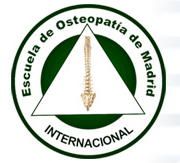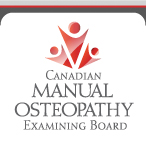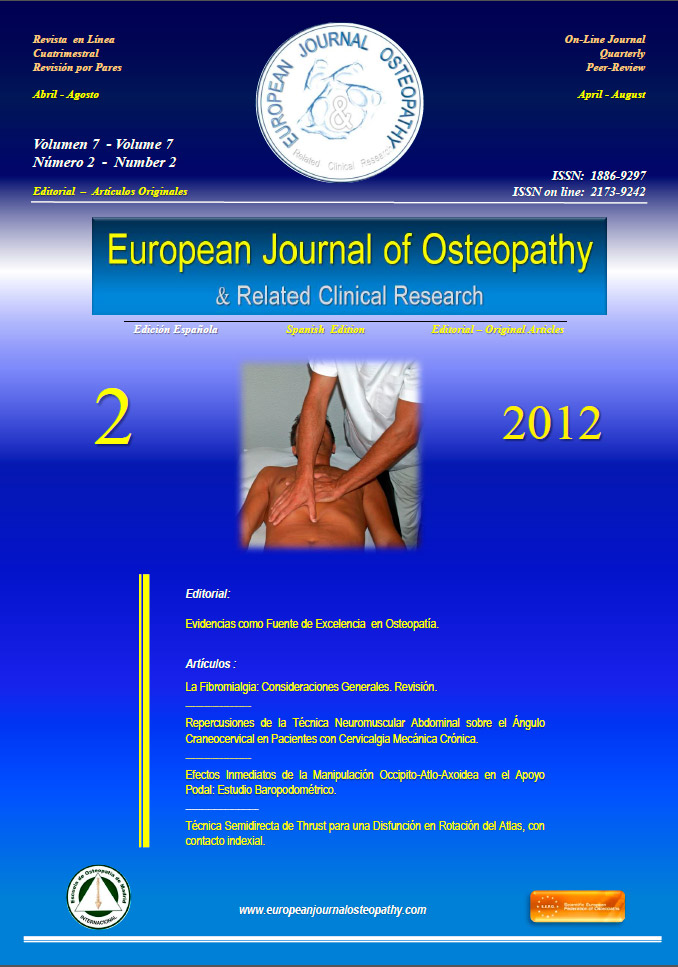By Miriam Levenson
Life is, in essence, a series of problems. Our earliest problems are “Where’s food? I’m hungry” or “I’m tired and need to sleep.” We graduate to bigger problems: “How can I reach that cookie jar, way up there on the counter?” Pretty soon, we are solving problems like: “Do I ask him out on a date?”
Then we have problems like buying and maintaining a house, relating to another person in a long-term, committed relationship (or not!) and all of the wonderful problems of parenting. The more we mature, the bigger and better our problems get.
When problem-solving is no fun, it causes stress. We all know when stress gets to be too much— and the damage it can cause. But our problems aren’t going to go away. So how can we learn to handle them?
When I first took a weekly Awareness Through Movement® class, it was an island of sanity and relaxation in my insanely stressed-out life. I spent at least 20 minutes of every class fast asleep. Learning to respect and identify my limits has been gradual, but the quality of my life is now so improved, I can’t imagine how I lived like that. I now listen to my body to tell me where my limits are. I still accomplish a lot, but only if I take the nonlinear approach I learned in those Feldenkrais® classes.
Awareness Through Movement classes are a down-to-earth approach to dealing with the problems of life. In an ATM class, participants explore solutions to various movement challenges. This transforms “problem-solving” into fun, as it was when we were children. ATM helps us learn to handle stress in two ways simultaneously: physically and mentally. On the physical side, it releases us from our habits of hunching the shoulders, holding or restricting the breath, locking the chest and rib cage, tensing the belly, and otherwise preparing to fight or flee. ATM provides ways to notice those signs of stress and de-stress ourselves throughout the day.
On the mental side, ATM presents an opportunity to identify and respect our limits, and to focus on the process, instead of chasing one goal after another with nothing but stress in between. Moshe Feldenkrais insisted everyone should have at least three distinct options for doing every action. The more options available, the more chances of drawing upon one of the previously “superfluous” options in handling an unexpected problem. Respecting our limits is often a new experience, as there is little cultural support for it. If you begin to identify and respect your limits, be prepared for resistance—respecting your limits is a revolutionary thing to do. But it is an idea whose time has come, and you will be a role model for others when they see you at peace, with plenty of time to spare.
Mini-ATM: Where is your limit?
- Turn your head to look, look as far as you can, really strain to see. Notice the feeling you have when you reach that extreme limit. Is there any pain? Strain? Holding your breath?
- Now turn a little less. Now turn still less. And less. Make the turn so small, it feels like floating through air or oil.
- Now increase the turn slightly, and notice if you feel more resistance, like moving through peanut butter or honey. Maybe there is a wall there. Or maybe something clicks. Do you hold your breath?
- Increase the turn a little more, and notice if your neck jumps like you are moving over the teeth of a gear, or if there is any sensation of strain or pain.
- Now go back to that movement that feels like air or oil. This is your TRUE LIMIT. Is it in the same place as it was when you started? Anything that doesn’t feel light and smooth is PAST YOUR LIMIT. Is your area of true ease bigger or smaller than you expected?
- Turn several times staying ONLY within your limit. Keep relaxing any and all effort in yourself. Notice how that light, smooth area grows until you can easily turn your head as far as you wish, with no pain or strain.
How can you apply this to your everyday life?








 4:35
4:35
 Daniel Enriquez de Guevara
Daniel Enriquez de Guevara




























.jpg)






















0 comentarios :
Publicar un comentario